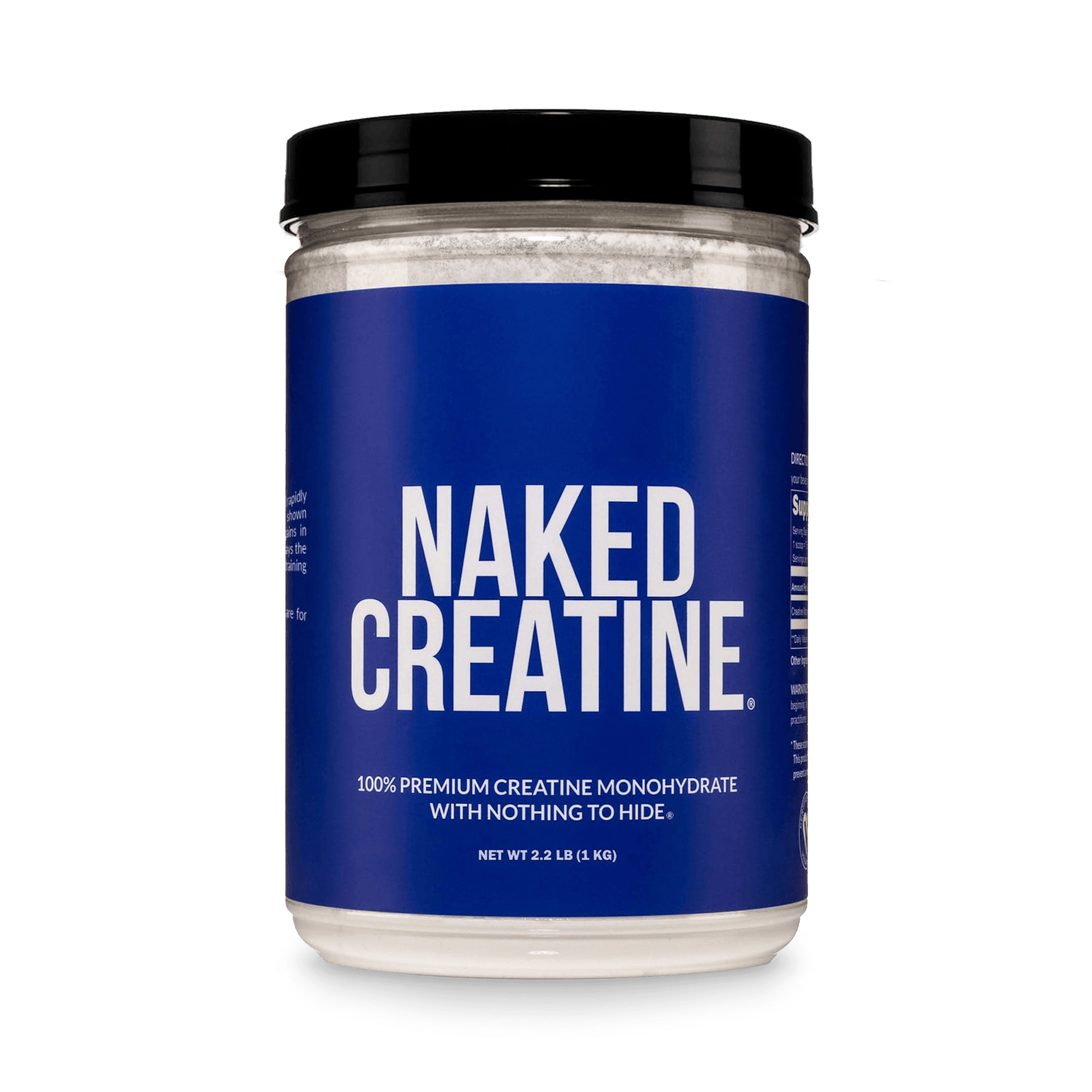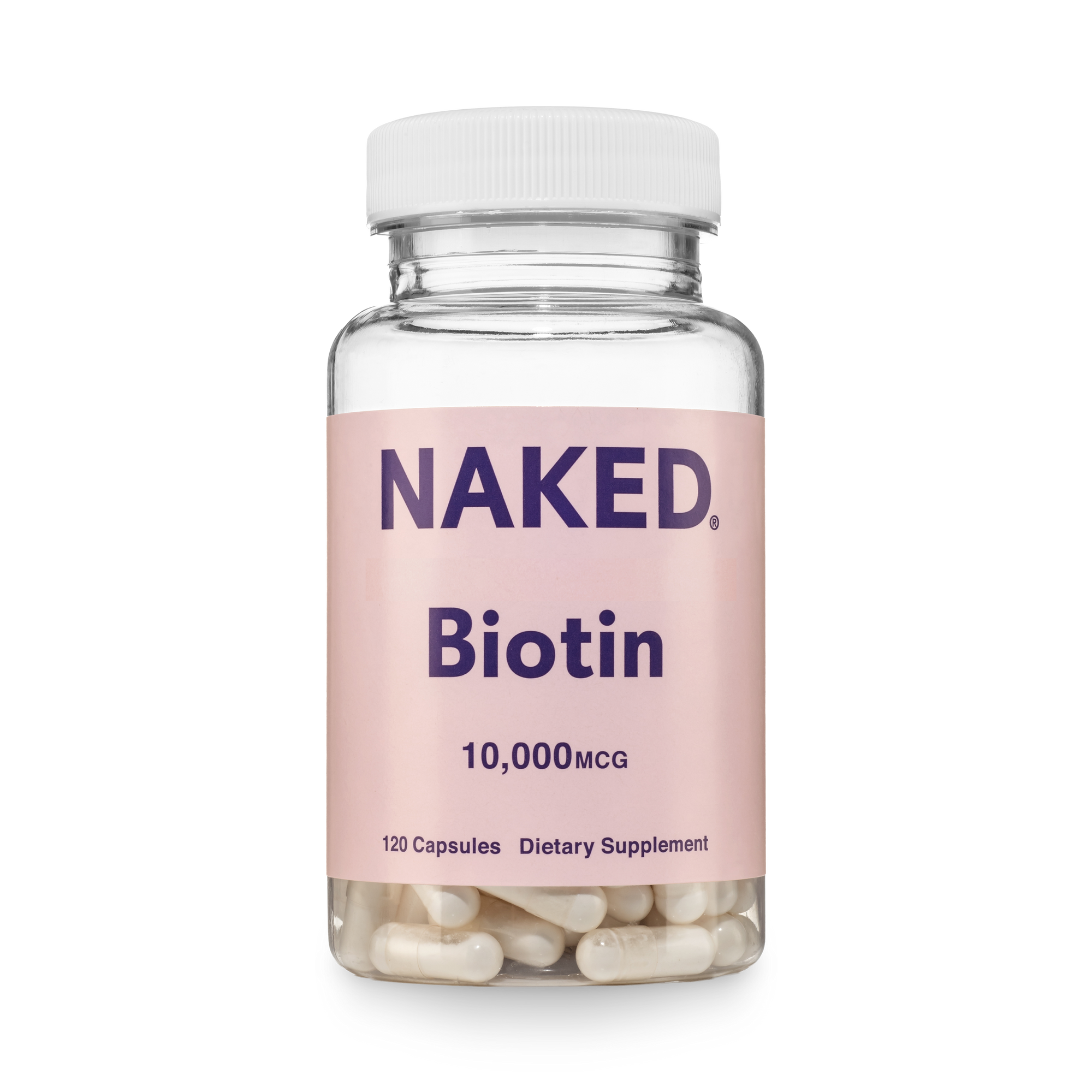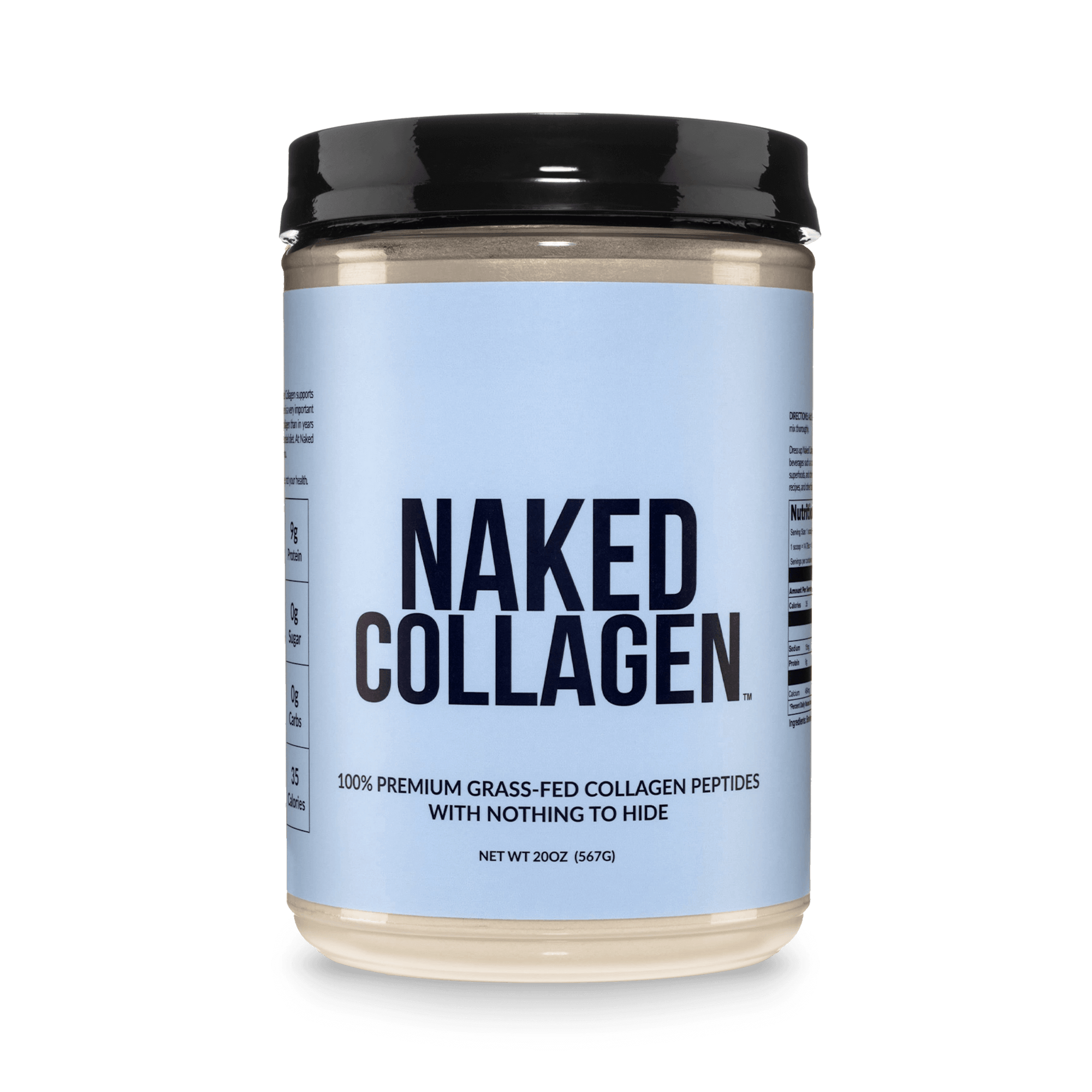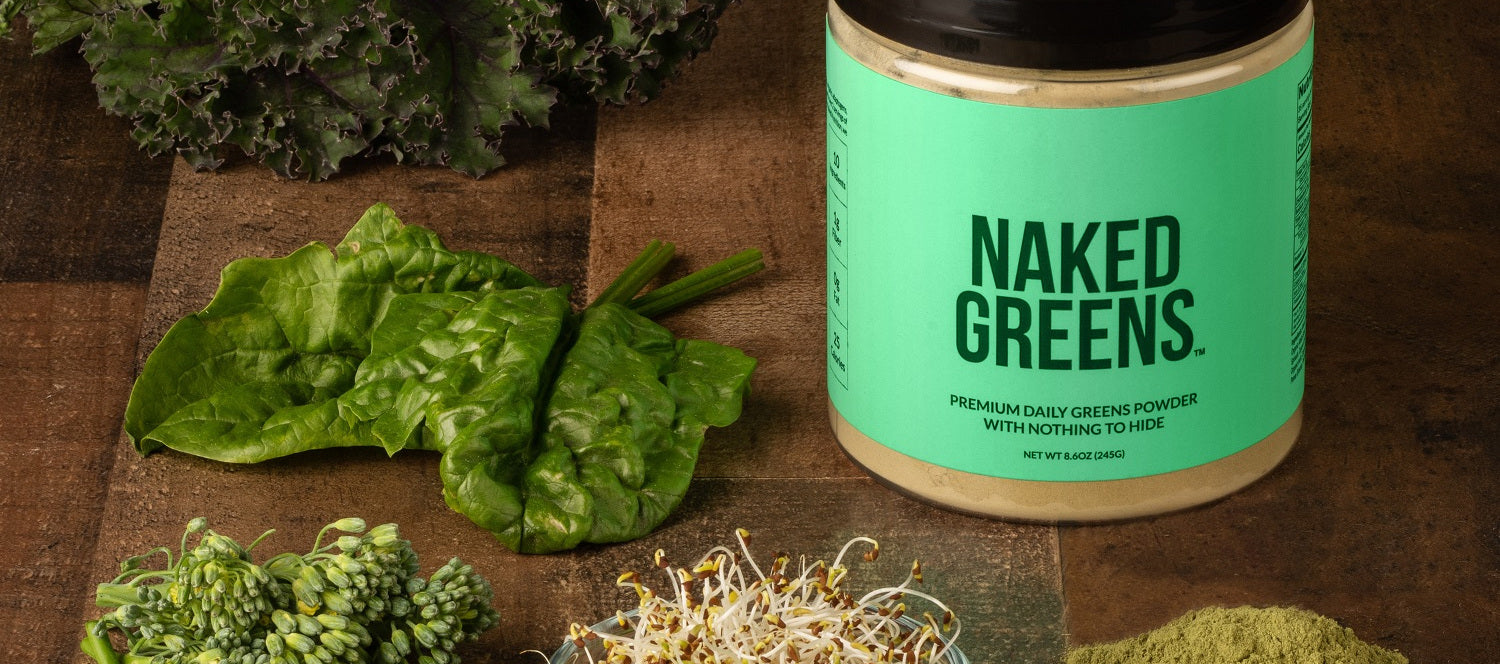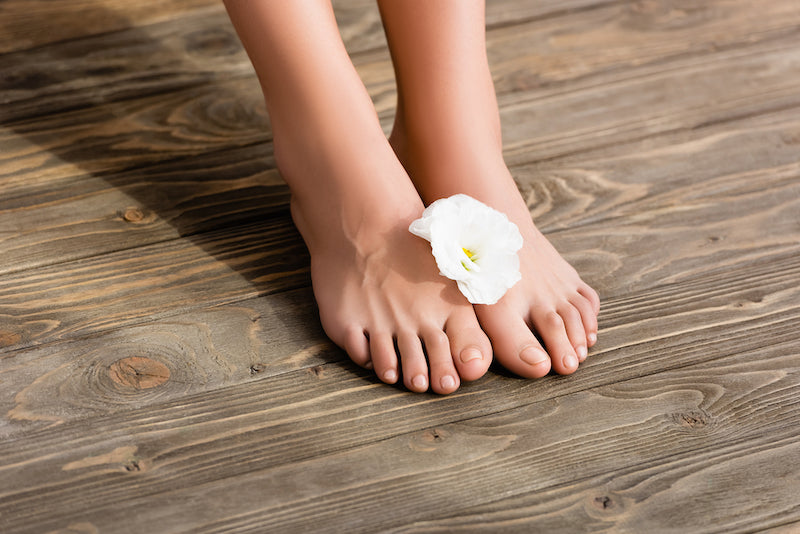Toenails may seem insignificant, that is until you’ve had the misfortune of losing one.
It turns out, our nails are pretty important for protecting the tips of our fingers and toes which means missing a toenail can make walking, jogging, or other activities on your feet pretty uncomfortable for a while.
Unfortunately, they take their time growing back.
In fact, toenails take 2-3 times longer to regrow compared to fingernails. Toenails grow at about 1.62mm per month, while fingernails grow at about 3.47mm per month.
The rate at which it grows back also may depend on the reason it was lost in the first place [1].
How Long Does it Take For a Toenail to Grow Back?

After Trimming
If you are simply engaging in standard hygienic trimming practices with your toenails, you will likely notice them to grow back at a faster rate than if an injury or nail fungus is involved.
Toenails typically grow at a rate of 1.62mm per month, which is a little less than the standard thickness of a single grain of rice (1.82mm).
If you keep up with your trimming, you may only need to do it once every month to encourage healthy toenail growth [2].
After Injury
Nail regrowth takes the longest after trauma resulting in a loss of the nail. For example, a stubbed toe or dropping something on your toe can cause a detached nail or other injury.
In this case, the skin underneath would become sensitive and the nail bed would likely be damaged.
This may cause a black toenail and it might eventually fall off for a new nail to grow in its place. Sometimes it could take your toenail 6 months to up to 2 years to grow back fully [3].
It's a good idea to keep your nail bed covered and wear shoes to encourage healthy nail growth and heal the skin underneath.
After Removal for Medical Issues

If you lost your toenail because it had to be medically removed, which can occur in instances of chronic ingrown toenails, it will also take a lengthy amount of time to grow back to its original state.
Ingrown toenails are a quite common in which the side of the toenail grows into the skin of the toe, causing pain, inflammation, redness, and swelling.
Once the toenail is removed, it may take up to 18 months for the toenail to grow back completely [3].
Some people may have to have their toenail removed if they have a toenail infection or toenail fungus. Thicker nails is a sign of a possible infection and can negatively impact how quickly your toenail will grow. You can spot toenail fungus from any discoloration such as yellow toenails or blue toenails. Both conditions can lead to a damaged nail bed and might require removal.
If you’ve recently lost a toenail, don’t fret. Although it will be unpleasant for a while, there are some things you can do in the meantime to help support faster nail growth and repair a damaged nail.
How Long Do Toenails Grow in a Week?
From research, we know that nails grow an average of 1.62mm per month. This means they should be growing at a rate of about 0.41mm per week.
To give you a visual, this is close to the thickness of a piece of lead from a mechanical pencil which is around 0.5mm thick).
Factors That Can Affect Regrowth of Toenails

After having your nail removed, you are likely wondering what steps you can take to help your toenail to grow back quickly.
There are many factors that can affect how quickly it will take for your toenail to grow back, including the strength and health of the nail itself, collagen levels, keratin levels, and adequate intake of certain vitamins.
In fact, the climate can even impact the rate at which your nail will grow.
Collagen
Collagen is an essential protein for the structure of our hair, skin, and nails. We produce less collagen as we age which can result in brittle, slow-growing nails.
Although there are food sources of collagen, supplemental collagen is the only type that has been associated with increased collagen levels and boosting the strength and growth rate of nails.
In fact, it is estimated that we begin producing less collagen as early as our 30s. Although collagen loss as we age is difficult to avoid, certain lifestyle factors can speed up losses, including smoking, and poor diet.
Keratin
Your nails, as well as your hair and skin, are made from cells formed by the fibrous protein keratin. Like collagen, our keratin levels decrease as we age.
It’s believed that coating your nails with keratin or taking an oral keratin supplement may help improve nail strength and can encourage faster toenail growth, but more research is still needed.
Keratin levels can also be affected by a poor diet that is lacking in adequate protein or certain vitamins such as biotin [4].
If you aren’t sure if you are producing enough keratin, choosing a nutrient-rich diet may be more effective than keratin supplementation. Healthy nails grow faster than brittle, cracked, or diseased nails.
Biotin
Biotin is a B vitamin that is essential for the production of proteins needed for nail growth.
Several smaller studies support taking biotin supplements to encourage strong and healthy nails. However, people may experience better results from biotin supplements if they have lower levels of biotin in their diet [5, 6].
Biotin deficiency is rare and although research available on this is promising, more studies are needed to determine the effects of biotin supplementation on nail growth and strength.
Can The Weather Affect Toenail Growth?
The temperature and environment can also play a role in the rate of toenail growth.
In colder environments, nail growth tends to be slower, likely due to slower circulation. On the other hand, nails tend to grow back faster in warmer months.
What Can I Do to Make My Toenails Grow Back Faster?

If you lost a toenail and are hoping to speed up recovery, there are a few things you can do to speed up the process.
Although there is no proven method to make your nails grow faster, taking supplements such as collagen, consuming a nutrient-rich diet, and practicing good hygiene and grooming can go a long way.
A supplement like our Ella Beauty vanilla collagen powder includes not just collagen but also vitamin C, antioxidants, and your 100% daily dose of biotin to support the best health and growth for your nails (as well as skin and hair) [7]. Not to mention, collagen contains all necessary protein building amino acids to support nail growth.
Although supplements can help, especially in the case of collagen, a nutrient-rich diet is always the best place to start.
Be sure to get in adequate protein to support collagen and keratin production. According to the Academy of Nutrition and Dietetics, individuals should aim to consume at least 0.8 grams of protein per kilogram of body weight (about 0.35 grams per pound per day) [8].
Additionally, practicing good hygiene and grooming are essential to nail care. This can help you avoid conditions such as toenail fungus or ingrown toenails, as well as potential toenail loss from unclipped nails and/or ill-fitting shoes.
To prevent further injury to an already damaged nail bed, it's probably a good idea to not wear open-toed shoes to protect the nail bed and prevent infection.
What to Do if You Lose a Toenail?
If you have lost a toenail from trauma, be sure to clean the area well. First, gently wash the area with soap and warm water, then wrap it with antibiotic ointment, a thin layer of petroleum jelly, and a fresh bandage. It's recommended to keep the bandage on for 7-10 days until the skin of the nail bed hardens and becomes stronger.
The petroleum jelly is an important step in healing your nail bed as it can reduce dry and brittle nails and encourage quicker nail growth.
If you have a semi-detached toenail, or the whole nail separates from the nail bed, be sure to carefully trim what is left of the remaining nail to avoid an ingrown toenail or trauma to the surrounding tissue. If you are having pain in your big toe you can elevate it to help reduce blood flow from pooling in that area and causing swelling.
It’s best to see a doctor or healthcare professional if you lose a toenail to ensure it is being cleaned and treated correctly to avoid infection. This is especially important if you have a history of diabetes.
If your toenail injury is treated properly and you follow the doctor's instructions, you can prevent infection and ensure your toenail will completely regrow.
Can I Go To The Nail Salon If I Lost a Nail?

It might be tempting to go get a pedicure after you lose a nail to help improve the appearance of your feet and nails. If you do choose to go to the nail salon it's important to keep in mind a few things.
If you simply have trauma beneath the nail bed, it's a good idea to alert your pedicurist to avoid that area and let them know you're experiencing some toenail trouble after an injury.
If you have a toenail infection caused by fungus or other causes, or multiple missing toenails, it's probably a good idea to skip the nail salon until your inured nails heal. After all, having a yellow toenail or a blue toenail is an obvious yuck factor.
To encourage healthy nail habits and potentially prevent injury and infection, you can get regular pedicures, ideally at places that utilize safe and non-toxic methods. For example, avoid acetone nail polish removers and ask for nail hardeners to keep your nails healthy and strong.
Will My Big Toenail Grow Back?
Many people wonder if and how they can make their toenail grow back quickly. Even if your toenail falls off completely, in most cases, your big toenail will grow back. If it was healthy prior to being lost, it should return to its normal appearance once it regrows.
If you have any concerns about the regrowth or health of your toenails, consider meeting with a podiatrist in your area for an evaluation. In certain cases, the podiatrist may recommend an artificial nail to protect the nail bed.
Bottom Line on Toenail Growth
Toenails fall off for a variety of reasons whether from injury trauma, or a toenail infection leading to a damaged nail bed or detached nail.
Lost toenails can be painful. Toenails take 2-3 times longer to regrow compared to fingernails, however, by following good hygiene practices you can ensure your toenail properly grows back. Plus, taking a collagen supplement, consuming a nutrient-rich diet, and practicing good grooming can help boost nail growth.
If you lose a toenail due to trauma, be sure to clean it in warm water it and wrap it properly to avoid infection and it will likely grow back to its normal state.
Seek advice from a podiatrist or healthcare practitioner if you have any concerns regarding the loss of your toenail.



